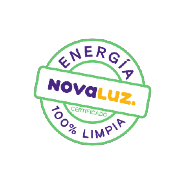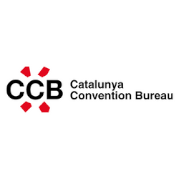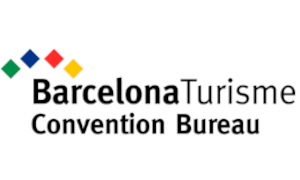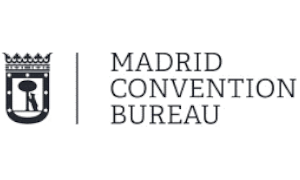How to organise more sustainable events part II

— 2021-04-6
Transport and suppliers
Today we are going to focus more on the measures you can take to make your event more sustainable and minimise the environmental footprint of your event. It is very important to segment each component of the production and see how to create a sustainable strategy for each one.
The biggest factor in terms of CO2 emissions is still transport. According to statistics, more than 70% of CO2 emissions are caused by air transport. This comes as no surprise, as we travel more than ever before and air transport allows us to reach almost any destination quickly. It is no secret that for large events, such as congresses and exhibitions, attendees travel by air. The good news is that you can now buy CO2 offset flights. This is possible thanks to platforms like FlyGRN that invest in green causes like solar projects and refugee camps. You can install a FlyGRN search widget on your event website. This way visitors can search for flights through FlyGRN and the CO2 compensation is always included in the price. If they book a flight via this widget, the emissions will be offset automatically.
When you are in the early stages of planning an event, you can choose cities that have a good public transport system and work with the company to offer discounts to attendees. You could also choose a city with a car-free city centre or book hotels near the venue so that attendees can get there on foot.
Another good measure you can take is to hire a local transportation company with hybrid cars that can take care of airport - hotel - venue transfers and offer your attendees discounts or even coupons if they choose this option.
However, each of these options still leaves a mark. If you really want to go one step further, you can take advantage of the advancement of modern technology and organise multiple simultaneous events with live streaming instead of having a single event that would require international transport.
Let's take a closer look at possible solutions to minimise the footprint of your event through a conscious choice of suppliers. A very important part of the event is the catering. According to statistics, one of the most common mistakes event planners make is providing too much food, which then goes to waste. To be more specific, approximately 1/3 of the contracted food is thrown away. Due to specific laws in most countries, food that is not consumed during the event cannot be redirected and must be thrown away. Considering that there are countries where malnutrition is the biggest problem, it is really necessary to change the philosophy of overconsumption. Ask your attendees about their dietary preferences and plan quantities and portions better. It is better to hire local suppliers who do not use plastic containers, but reusable glass plates. Choose seasonal and organic food, with less meat products. Mass production of meat is also responsible for CO2 emissions.
If you rent furniture for your event, choose a local supplier, whose warehouse is close to the venue, this way you are indirectly limiting the CO2 emitted during the logistical processes. Make sure that the supplier has a sustainability certificate or contributes to socially responsible companies. Premium, for example, has included in its products sustainable carpet tiles that improve the acoustics of the venue and allow you to mark the aisles in an original and agile way.
As for the choice of venue, there is a lot you can do. More and more venues are taking steps to be more sustainable. If possible, choose buildings that are LEED certified; this is an internationally recognised green building certification system. Implementing solar panels, collecting rainwater, using sewage or supporting local NGOs are examples of possible measures. Even if your chosen location is not LEED certified, ask what measures they take to be more sustainable. The Tesla company has just launched a solar panel rental service. It is possible to power the sound system and LED lights entirely with solar energy, so this could be a very good solution for less nuclear energy consumption.
Do your research, brainstorm, negotiate with local companies and communicate the green options to your event attendees. Chances are they will be willing to contribute to this cause and be part of the actions. Knowledge is power, so use it to make a positive change. Last but not least: don't be shy and promote the actions you have taken to inspire role models among attendees and event planners.










